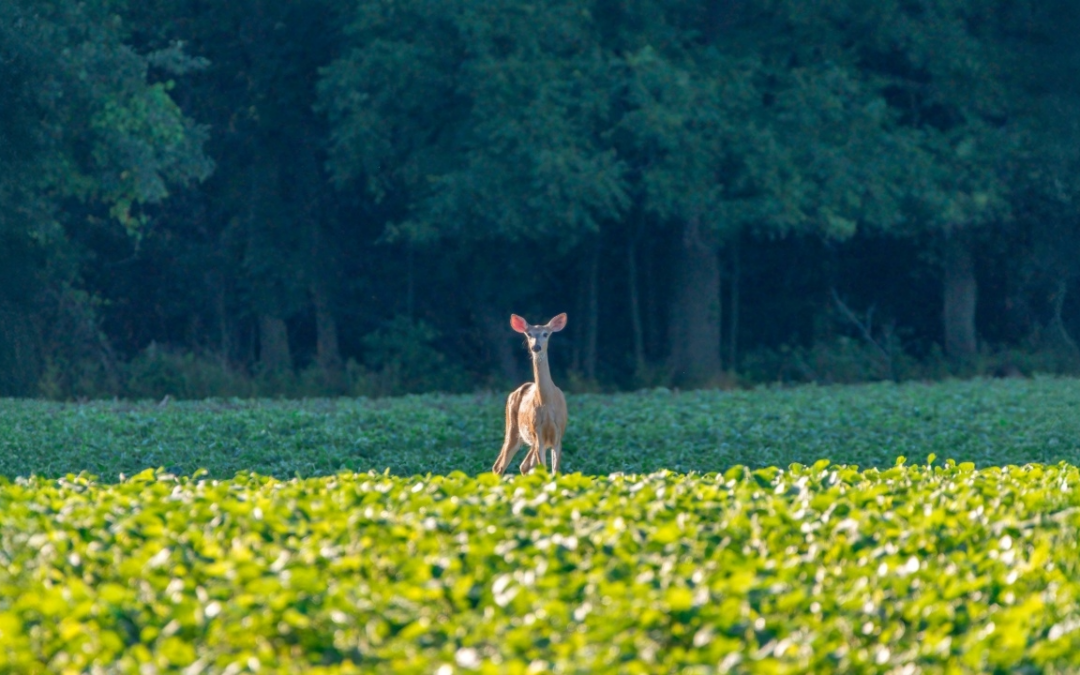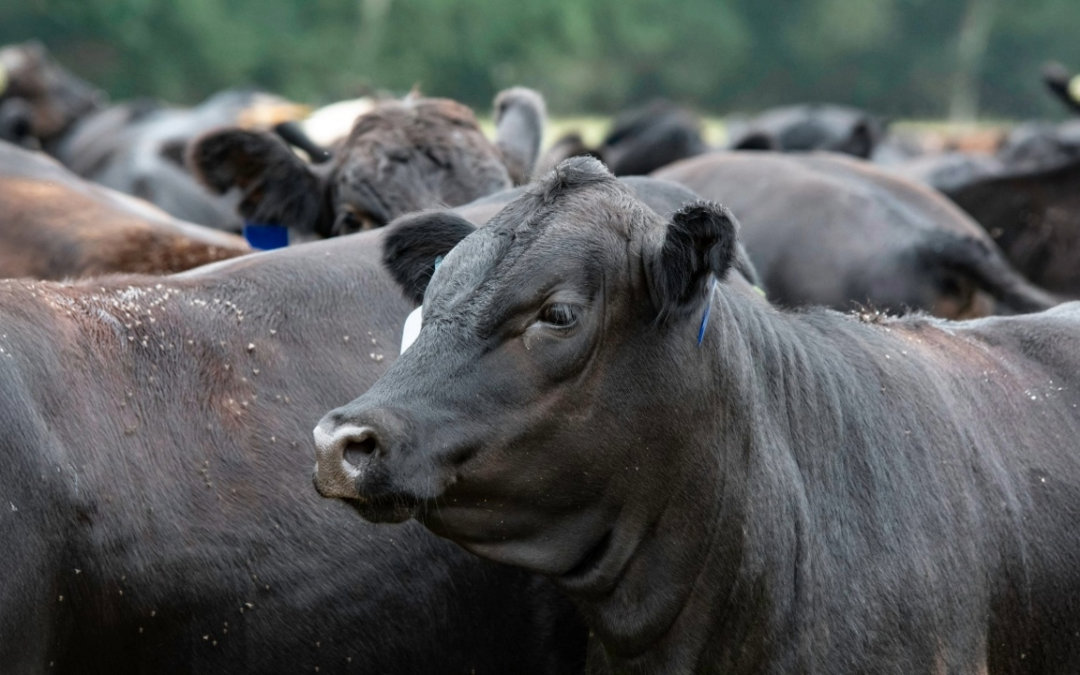
Researchers at the Tennessee Valley Research and Extension Center in north Alabama are working to provide a systems-management approach that would add value and profits to beef cattle operations throughout the state.
by PAUL HOLLIS
Researchers at the Tennessee Valley Research and Extension Center in north Alabama are working to provide a systems-management approach that would add value and profits to beef cattle operations throughout the state.
The multi-year demonstration project illustrates the value of Alabama Cooperative Extension System recommendations for forage, nutrition and other beef management practices, said Gerry Thompson, regional extension agent for animal sciences and forages. Working with Thompson is Kim Mullinex, a College of Agriculture assistant professor and extension specialist for beef cattle production systems.
“Specific goals of this project are to highlight methods for dealing with tall fescue toxicosis, extending the grazing season during the winter months and improving forage utilization through decreased hay dry matter and quality losses,” Thompson said. “The demonstration also focuses on methods for adding value to weaned calves through crossbreeding, implanting, creep feeding and the use of strategic marketing strategies.”
Results of this project are presented to producers as part of periodic beef-forage extension programming held at the center.
Cattle in north Alabama tend to be in small herds, Thompson said, so they’re owned by a lot of people. This research is set up to mirror a typical cow herd in the Tennessee Valley region.
“The average herd size in Alabama is about 25 head,” Thompson said. “We have about 70 grown cows on this farm, so we randomly divided them in half and divided the farm in half. One group is our enhanced cattle—where extension recommendations are followed—and the others are the standard cows, with about 30 in each group.”
Standard cows are still receiving good care in the study, he said, but the enhanced herd is getting the benefit of extension recommendations that cost very little.
“Most people use nothing but Angus bulls for cross-breeding, but we’re using a Hereford bull with our enhanced herd,” Thompson said. “Some of our producers have asked about this, so we’re demonstrating it in this project. Crossbreeding is the only ‘free lunch’ in the calf business. The advantages are difficult to measure but very important.”
In the project, researchers also are using growth-promoting implants and are creep feeding the enhanced herd. Creep feeding is the practice of supplying supplemental feed to nursing calves.
“Creep feeding is a profitable practice, considering the current price of grain,” Thompson said
Another component of the demonstration is marketing.
“We’re doing a managed marketing technique,” Thompson said. “With the standard set of cattle, we’re doing the typical—wean them and then take them to the stockyard and sell them—and that’s a good way to do business. But for our enhanced cattle, we’re weaning them, backgrounding them for 45 days and then putting them through a more managed form of marketing.”
Other recommendations being utilized in the project include improved methods of hay storage, different grazing systems and adding to or supplementing different forages.
The original research to identify fescue toxicosis was done at the research and extension center in the early 1980s, Thompson said, and that work is integral to the systems-management project.
“The fescue plant has a fungus in it that’s good for the plant but bad for animals,” he said. “Fescue is the dominant grass in north Alabama, but it does have its problems, so we’re demonstrating ways to deal with those problems.”
The extension recommendations being carried out in the project are nothing the average producer couldn’t implement himself or herself, Thompson said.
“Nothing we’re doing requires extraordinary effort,” he said. “These are things the average person can easily do.
“I think we’ll see a distinct advantage from this particular set of Hereford-sired calves. We should see a significant increase in weaning weight. The first set of cows last year sold on a higher market.”




